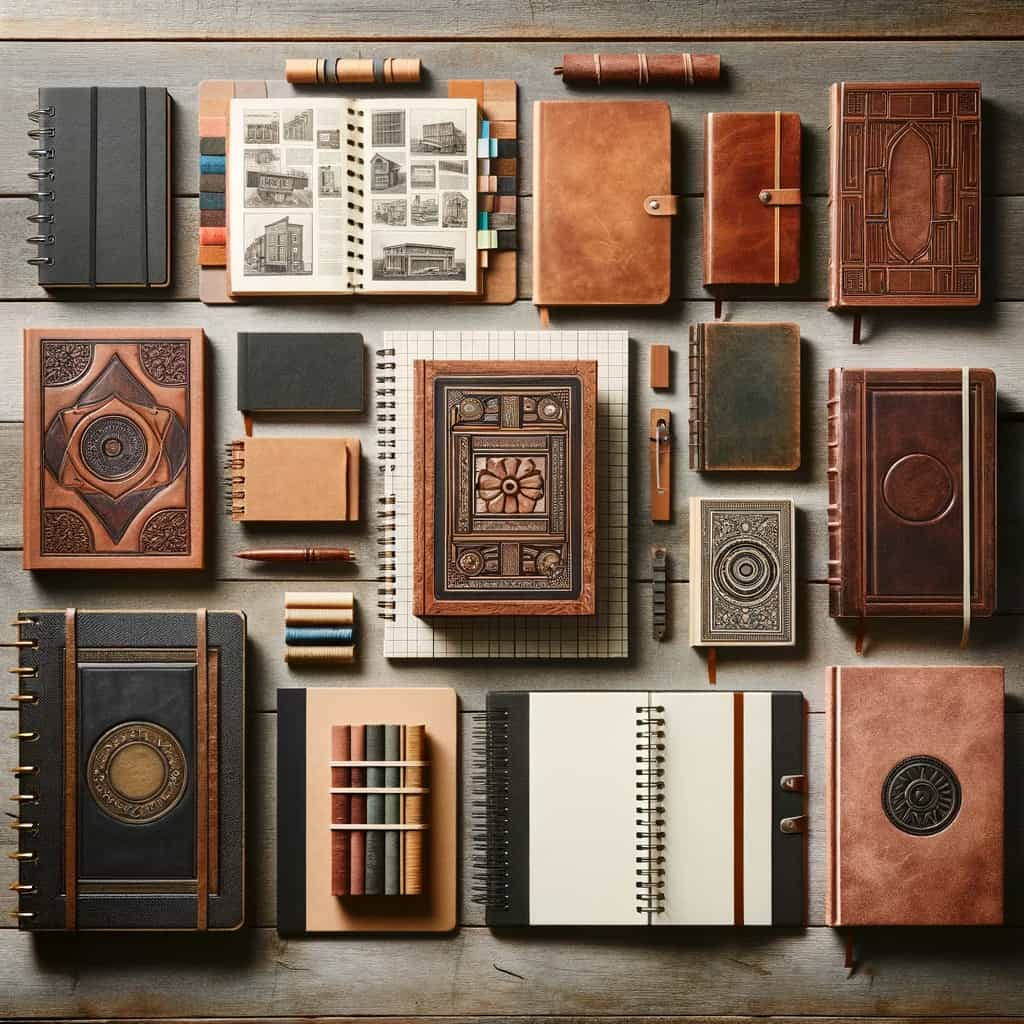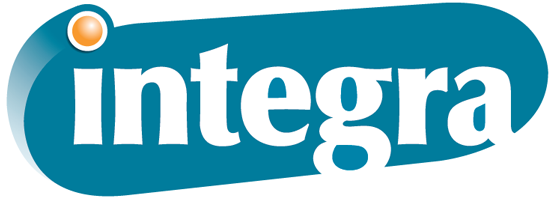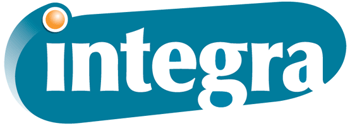Top Types of Book Binding for Hardcover and Softcover Books
May 6th, 2024 | 3 min read

When choosing the right binding for your book, whether it's a softcover or hardcover, understanding each type’s specific advantages and applications can significantly enhance your decision-making process. It can feel like a lot at first, but as you learn about each binding type and what it's best for, you should be able to narrow your options down the best choice or your project.
Here at Integra, we've walked countless customers through the different types of book bindings. We thought it high time for a resource to exist online so that writers and businesses can find everything they need to know in one comprehensive guide.
By the time you're finished reading this article, you'll know about all the most popular book binding supplies and methods for softcover and hardcover books. Let's get started!
eeeeeeeeeeeTypes of Book Binding for Softcover Book Publication
Looking to learn more about softcover books to consider along with the following binding information? Check out our article on frequently asked softcover book printing questions!
a. Perfect Binding:
- Description: Perfect binding involves gluing the pages and cover together at the spine with a strong, flexible adhesive. This binding method is the most common application for paperback books.
- Ideal for: Novels, business trade books, company reports and catalogs where a flat spine is required.
b. Saddle Stitching:
- Description: This method uses staples to bind the pages through the fold line of the sheets that have been printed and folded in half.
- Ideal for: Brochures, magazines and small booklets where the total page count is relatively low (usually under 64 pages).
c. Spiral Binding:
- Description: Coil-bound book printing involves winding a wire or plastic coil through holes punched along the edge of the pages. This process allows the book to lay flat while open.
- Ideal for: Manuals, notebooks and workbooks that require frequent handling and easy page turning.
d. Comb Binding:
- Description: Comb binding is similar to spiral bound book printing, but it uses a plastic comb spine that fits into rectangular holes punched into the paper.
- Ideal for: Business presentations and academic theses where pages may need to be added or removed.
2. Types of Book Binding for Hardcover Book Publications
Want to learn everything you could want to know about hardcover books? Check out our answers to frequently asked hardcover book printing questions!
a. Case Binding:
- Description: Case binding is used for hardcover books, involving sewing the pages together in sections and then attaching them to a hard cover.
- Ideal for: Textbooks, high-end books and other publications intended for durability and long-term use.
b. Adhesive Case Binding:
- Description: Adhesive case binding uses a stronger, more durable glue to attach the book block to the hard cover.
- Ideal for: Novels and general non-fiction books that require a sturdier form than a typical softcover.
c. Smyth Sewing:
- Description: Pages are physically sewn together with thread before being attached to the cover, providing enhanced durability and allowing the book to lay flat at any page.
- Ideal for: High-quality art books, coffee table books and other premium publications.
Choosing the Right Type of Book Binding for Your Work
Here’s how to choose the right binding based on your book’s purpose and intended lifespan:
- For standard novels and general reading material: Perfect binding offers a clean and professional look and is cost-effective for large runs.
- For workbooks and manuals: Spiral or comb binding is preferred in these applications, as it allows the book to lay flat, making it easy to write in and refer to.
- For promotional or low-cost options: Saddle stitching is ideal for shorter publications and offers a significant cost advantage.
- For premium or high-durability needs: Case binding and Smyth sewing are excellent choices for books that need to withstand frequent usage and last for years.
- For flexible and user-friendly applications: Coil binding provides durability similar to spiral binding but with a more professional appearance.
Find a Book Printing Professional With the Book Binding Supplies Your Project Needs
Choosing book binding is one of the hardest decisions that comes along with the book publication process. Each binding type serves a purpose based on the physical requirements of the book and the experience you want to provide to the reader.
By aligning your binding style with the needs you'd like your book to meet, you'll ensure that both the functionality and aesthetic appeal of your book meet your expectations, thus enhancing the overall success of your publication.
One of the next big decisions you'll need to make is what type of paper you want to use in your book publication. Feel free to read our blog post about just that.
Are you ready to get started with your hardcover or paperback book publication? Reach out to the team at Integra Graphics Synergy for a single point of contact who can handle all your questions and requests — about binding or any other step of the process!
Topics:


